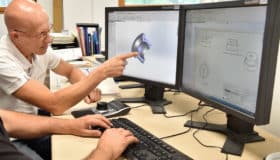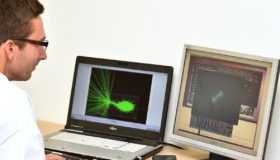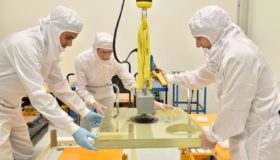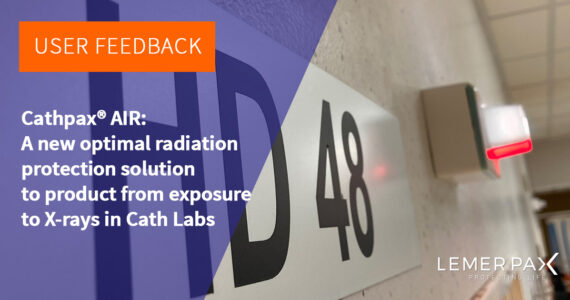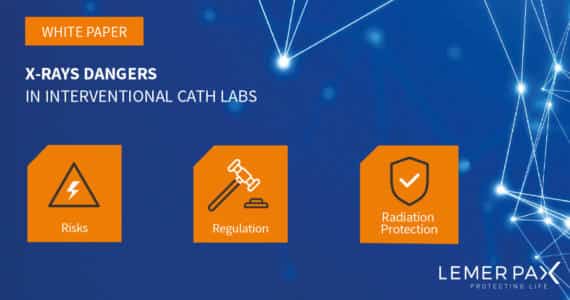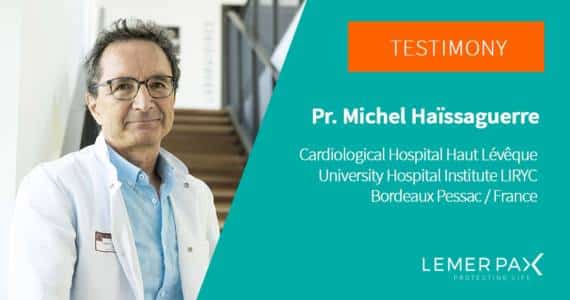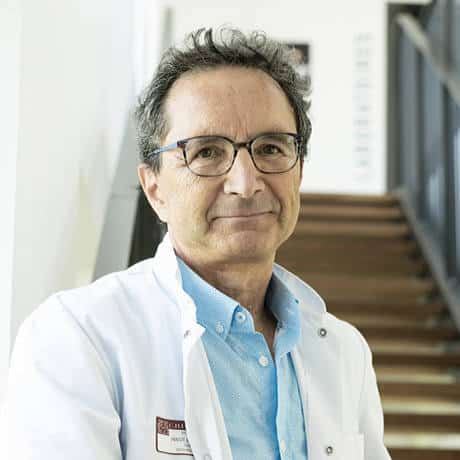
Professor Michel Haïssaguerre: convinced user of the cabin as a means of optimum radiation protection in cathlabs
During the latest edition of the CNCH (the National college of hospital Cardiologists), Professor Michel Haïssaguerre spoke to warn, once again, practitioners of the vital need for increased radiation protection in cathlabs.
Director of the Liryc, the Electrophysiology and Heart Modeling Institute, and author of over 400 publications dealing mainly with endocavitary radiofrequency ablation, he stressed the urgent need to improve radiation protection for interventional cardiologists. Progress has been made, especially in the increased awareness, by the professionals, of the dangers of irradiation. Effective solutions do exist, but they must be adopted.
An implacable observation for the profession
All the professionals are agreed on this point. Exposure of electrophysiology doctors, as in interventional cardiology, is increasing due to the considerable increase in the indications for interventional techniques to treat pathologies, to the benefit of the patients.
The medical teams dedicated to saving the lives of patients place their own lives at risk. Exposure to ionising radiation in some cathlabs can reach 5 mSv per year under the lead apron [1].
However, we now know that these levels pose a real health threat for practitioners. Numerous studies refer to it and, rightly, the young generation of doctors are worried about the danger. A rise in the number of cataracts, thyroid diseases and tumours is observed amongst the groups of interventional cardiologists compared with the control group [2].
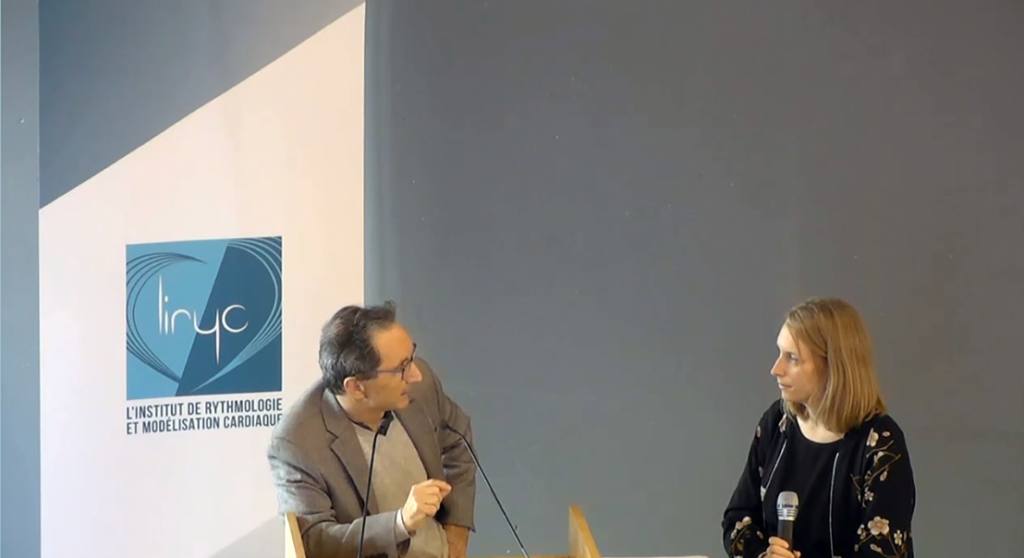
Piecemeal and insufficient radiation protection
Considerable progress has been made in recent years. Thanks to better training and greater awareness of the medical teams, radiation protection has in fact now become a sine qua non condition for correct performance of a procedure in cathlab. This level of beneficial requirement has highlighted the insufficiencies of PPE-CPE currently used in the various departments: lead glasses, thyroid shield, apron, suspended panels and lead lower shield. This equipment generally found in cathlabs provides only piecemeal protection and often has leaks allowing radiation to enter (armholes, junction between thyroid shield and apron), as well as being heavy and tiring for personnel. Neck, head, arms and extremities are left with no protection or very little protection when so close to the source emitting the radiation. Once again, scientific studies demonstrate that the left side of the brain of interventional cardiologists is more affected by cerebral gliomas than the right side [3]. The relation with the location of these gliomas and that of the X-ray emitter is unfortunately obvious.
The concept of radiation protection cabin: 100 % protection for the whole body without impairing the cardiologist’s actions.
Faced with this observation, Professor Haïssaguerre conceived the concept of a whole body radiation protection cabin and naturally turned towards Lemer Pax, renowned for its lead-shielded preparation enclosures in Nuclear Medicine: the Cathpax® AF cabin is born.
“Faced with these alarming facts, we wanted to obtain radiation protection equivalent to that of nuclear medicine or medicine dealing with highly virulent germs. We created a cabin that doctors can pass their arms through and work with complete peace of mind. This is the concept that I conceived and developed with Lemer Pax, the concept of a whole body radiation protection cabin.”
Pr Haïssaguerre
Better radiation protection, and freedom of movement for the practitioner: the way they work has changed completely. No more apron, no more heavy and bulky lead equipment, less fatigue, fewer musculoskeletal disorders, the new sensation of no longer having to worry about being irradiated and, to cap it all, improved patient care. In other words peace of mind, that Professor Haïssaguerre’s teams are not prepared to give up since they use this technique in all long and complex applications such as Atrial Fibrillation, flutter or simple procedures such as ventricular tachycardias.
“The cabin has brought a radical change to the way we work: no more lead aprons or equipment, glasses or thyroid shields and almost complete freedom of movement”.
Pr Haïssaguerre
More recently, the new Cathpax® AIR cabin has been added to the range of whole body radiation protection solutions, becoming the reference for interventional cardiology practitioners, for coronary angiographies, all types of angioplasties and the treatment of structural or congenital heart disorders.
